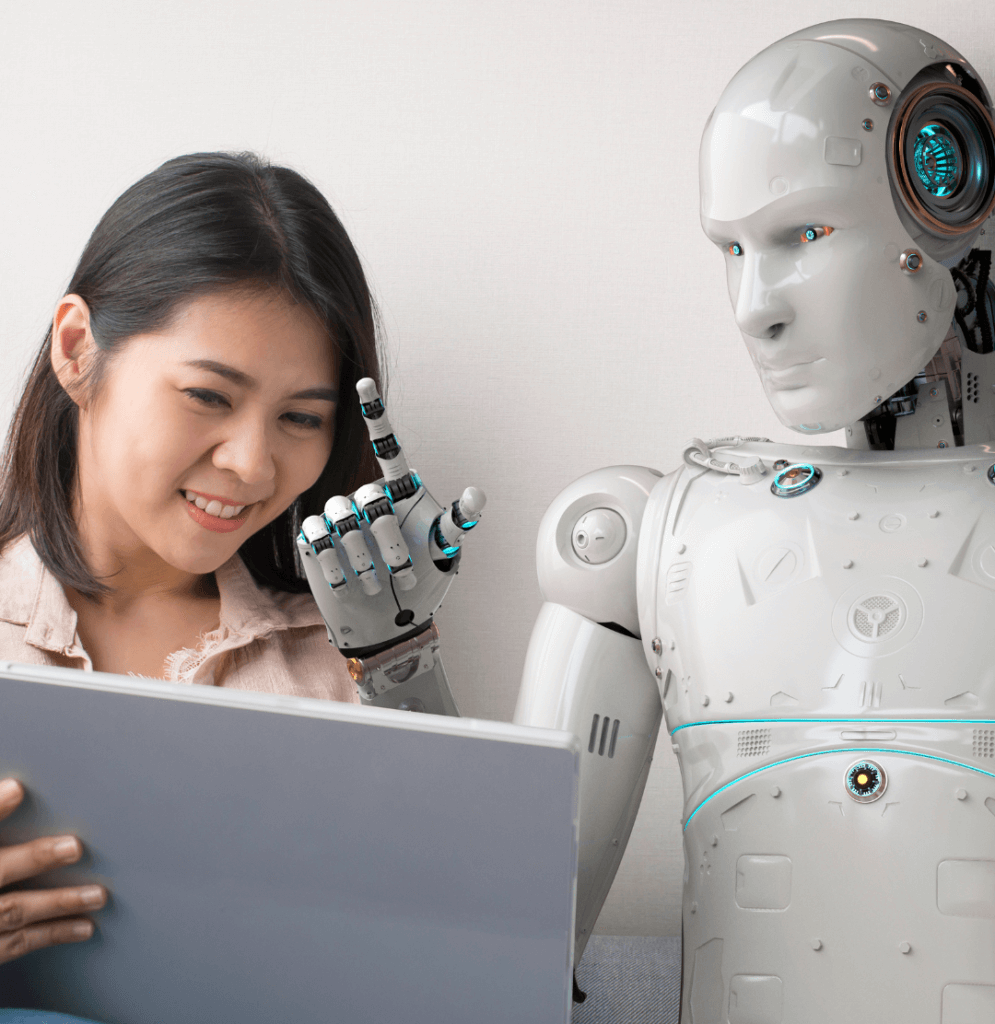The Rise of Tesla Robot: How Optimus is Shaping Tomorrow
In the ever-evolving landscape of technology and innovation, Tesla has been a name synonymous with ground-breaking advancements. The company, widely recognized for its electric cars and clean energy solutions, has now ventured into the realm of robotics with its latest creation: the Optimus Robot. This humanoid robot, also referred to as the Tesla Bot, represents a significant leap forward in artificial intelligence and robotics, embodying Tesla’s vision for a future where robots and humans coexist and collaborate.
The Vision Behind Optimus

The inception of Optimus can be traced back to Tesla’s relentless pursuit of innovation. Tesla changed how we use electric cars, and now they’re moving into robots to keep that going. Elon Musk, Tesla’s boss, is always pushing for new tech. With Optimus, Musk wants robots to do jobs that are risky, boring, or keep happening over and over. The plan isn’t just to make any robot, but to make a smart one that can work by itself and fit in with people, helping with everyday tasks.
Design and Capabilities
Optimus is about 5 feet 8 inches tall and weighs about 125 pounds. These sizes are picked on purpose to match how humans move. Its sleek, humanoid form is not just for aesthetic appeal but serves a functional purpose, allowing it to navigate our world built for human bodies.
The robot is equipped with Tesla’s proprietary Full Self-Driving (FSD) computer. This enables it to perceive and understand its environment with remarkable accuracy.
The robot’s capabilities are a testament to Tesla’s mastery over electric powertrains and batteries. Optimus is powered by the same batteries that fuel Tesla’s fleet of electric vehicles, ensuring longevity and reliability. Its movement is fluid and precise, thanks to an array of sensors and actuators that work in harmony to mimic human motion.
Applications and Impact
The potential applications for Tesla Robot Optimus are vast and varied. In the industrial sector, it could take on roles that are hazardous for humans. This includes handling toxic materials or performing high-precision tasks in environments that are too extreme for human workers. In daily life, Optimus can help with household tasks, take care of older people, or support those with disabilities.
The impact of Optimus on the job market is a subject of much debate. While some fear that robots like Optimus could displace human workers, Tesla envisions a different scenario. The company believes that Optimus will fill labor shortages and take on roles that humans are unwilling or unable to perform. This ultimately creates more opportunities for people to engage in fulfilling and creative work.
Safety and Ethics
Tesla has placed a strong emphasis on safety and ethical considerations in the development of Optimus. The robot is programmed to follow a strict set of guidelines to ensure it operates within safe parameters. It is also equipped with sensors that allow it to detect and avoid obstacles. Thus ensuring the safety of those around it.
The ethical implications of humanoid robots are also being carefully considered. Tesla is committed to ensuring that Optimus is used for the betterment of society, avoiding any potential misuse that could lead to harm or ethical dilemmas.
As we step into this new era of robotics, Tesla Robot Optimus embodies more than just a mechanical entity. It serves as a representation of human imagination and offers a glimpse into the forthcoming advancements in AI and robotics. With Tesla leading the charge, we can anticipate Optimus and similar robots to revolutionize our lives in ways we have yet to fully grasp

The Future with Optimus
The introduction of Optimus by Tesla marks a significant turning point in history. It highlights that robots are evolving beyond mere tools; they are evolving into integral partners in our daily lives. This could signify the beginning of a future where humans and machines collaborate closely, enhancing productivity and efficiency to unprecedented levels.
Tesla’s Optimus Robot isn’t solely remarkable for its technological prowess; it serves as a beacon guiding us towards the future. It illustrates the potential for humans and machines to coexist harmoniously. With its advanced capabilities and ethical framework, Optimus is poised to become a valuable ally in our quest to build a better, more efficient, and more compassionate world.
